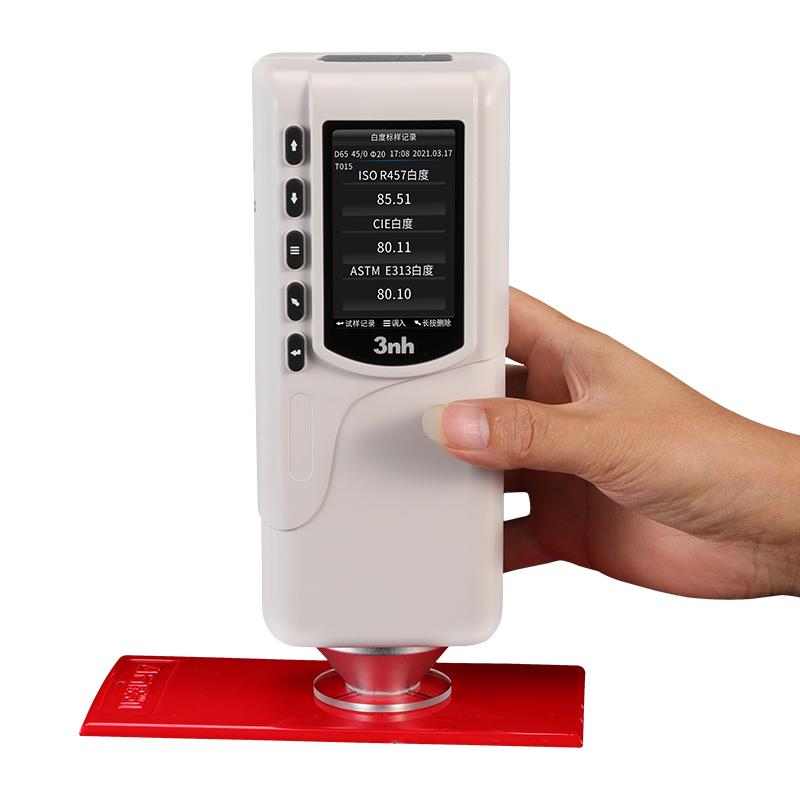Packing properties test and whiteness test
This paper will discuss the performance test of fillers, with special attention to whiteness measurement as one of the key parameters to evaluate the quality of fillers. Fillers are widely used in various industrial applications, and different types of fillers have different performance characteristics, so specific inspection methods are required to ensure their quality and performance. We will introduce in detail the determination method of whiteness, the required instruments and materials, and the relevant national standards.
Section 1: Importance and performance differences of fillers
Fillers refer to granular or granular substances used to fill and reinforce materials and are widely used in a variety of industrial fields, including construction, manufacturing, and chemicals. Different kinds of fillers have different performance characteristics, such as color, whiteness, particle size, adsorption properties and so on. Therefore, testing the performance of the filler is a key step to ensure product quality and performance.

Section 2: Determination method of whiteness
Whiteness is a key performance parameter for fillers, especially in applications where white or highly white fillers are required, such as coatings, plastics and paper manufacturing. The method of determining whiteness usually includes the following steps:
The whiteness measurement is based on the absolute reflection ratio of the standard whiteboard of the instrument to the specific wavelength of monochromatic light, and the absolute reflection ratio of the sample surface is measured with the corresponding wavelength, so as to determine the whiteness value of the sample.
The whiteness measurement requires the use of a color meter, the light source is D65, the geometric illumination condition can be d/0 or 45/0, and the wavelength range is usually 380~780nm. In addition, a powder compactor is required to prepare the sample plate.
First, prepare three samples to ensure that they have a flat surface, no texture, no defects and no stains. Then, the color meter is used for correction, zero adjustment, and measurement operation. The three sample plates are placed on the measurement hole, their three-stimulus values are measured, and the average value is taken.
The results are expressed as the arithmetic mean of the results of the three test plates, usually retaining one decimal place.
According to the measured results, the chromaticity coordinates and whiteness of the sample can be calculated.
Packing properties test and whiteness test
Section 3: Reference standards
The determination method of whiteness usually follows national standards, such as the national standard GB/T 19590-2004 “Ultra-fine calcium carbonate”.
Section 4: Application field
Whiteness is an important performance parameter of fillers, especially in the following applications play a key role:
Coatings industry: Whiteness is an important parameter in coatings, because it directly affects the color and hiding power of the coating.
Plastics industry: fillers used in plastic products usually need to have a high whiteness to ensure the color and quality of the final product.
Paper manufacturing: In paper production, the whiteness of the filler can affect the color and appearance of the paper.
Building materials: The whiteness of the fill is also a key factor in building materials, as it affects the brightness and color of the exterior of the building.
Sum up
The performance inspection of fillers is a key step to ensure product quality and performance, and whiteness, as an important performance parameter, plays a key role in applications such as coatings, plastics, paper manufacturing and building materials. By using color gauges and standard whiteboards, the whiteness of fillers can be accurately determined, ensuring that products perform well in demanding applications. The national standard provides detailed assay methods and guidelines to ensure accuracy and comparability of results.
